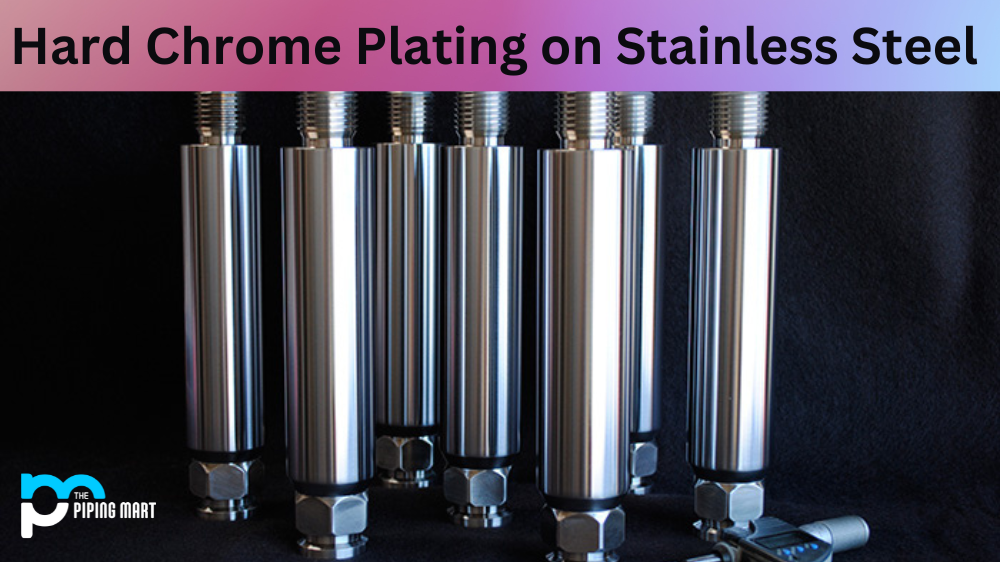Every knife enthusiast knows how important it is to own a good knife. They are the most important camping, hiking, and hunting outdoor tools. However, the quality of a knife doesn’t just depend on its design and craftsmanship. The type of steel used in its construction also makes a huge difference in the blade’s performance, durability, and overall quality. This post will discuss two popular steel types used in knives – 4116 steel and 1095 steel – and compare their properties, composition, and performance characteristics.
What is 4116 Steel?
4116 steel is known for its excellent corrosion resistance and hardness while remaining relatively easy to sharpen. It is made of a high amount of chromium, making it resistant to corrosion but also more brittle than other steels. It may be considered a budget option compared to high-end steel, but it still performs better than many other types of steel. It’s commonly used in the construction of kitchen knives and utility knives where corrosion resistance is extremely important.
What is 1095 Steel?
1095 steel is a high-carbon steel that many knife enthusiasts love. It’s known for its high hardness, toughness and ability to hold an edge. It contains around 0.95% more carbon than most other steels, giving it incredible hardness and edge retention. However, it needs to be maintained carefully as it can easily rust. It’s commonly used to construct hunting and survival knives with a strong and sharp blade.
Difference Between 4116 Steel and 1095
Composition
4116 steel is a type of martensitic stainless steel which contains 0.45% carbon, 14.5% chromium, 0.8% molybdenum, and 0.1% vanadium. On the other hand, 1095 steel belongs to the non-stainless category and contains 0.95% carbon, 0.4% manganese and trace amounts of phosphorus and sulphur.
Performance Characteristics
4116 steel, due to its corrosion resistance, is easy to maintain. It has good edge retention, and re-sharpening is relatively easy compared to harder steels. 1095 steel, on the other hand, offers excellent edge retention and toughness and is used in heavy-duty knives. However, it is somewhat difficult to sharpen as it is robustly hard.
Conclusion
In conclusion, the choice between 4116 and 1095 steel ultimately depends on the knife’s intended use. If you need a rust-resistant knife that is easy to maintain and sharpen, 4116 steel is the way to go. It’s also less prone to chipping since it’s not as brittle as 1095 steel. On the other hand, if you’re looking for a knife with exceptional edge retention, hardness, and toughness, 1095 steel is the way to go. It’s perfect for applications that require a sharp and strong blade, such as hunting and survival knives. In any case, it’s important to take proper care of the knife, sharpen it regularly and keep it clean and dry, regardless of the type of steel used in its construction.

A passionate metal industry expert and blogger. With over 5 years of experience in the field, Palak brings a wealth of knowledge and insight to her writing. Whether discussing the latest trends in the metal industry or sharing tips, she is dedicated to helping others succeed in the metal industry.




